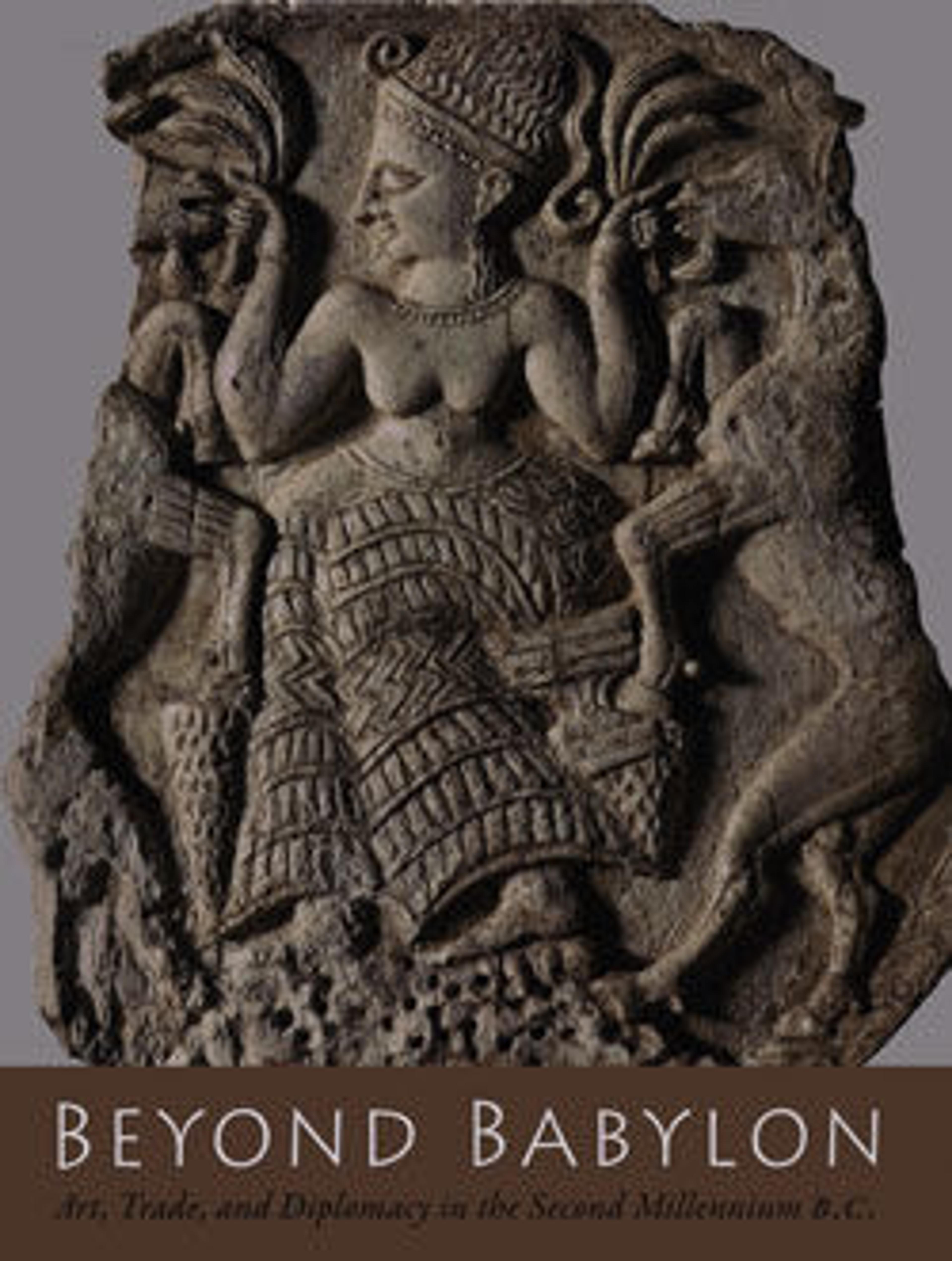Figure of an Asiatic captive
This ivory depicts a fettered captive. His pointed beard, facial creases, and elaborately patterned garment mark him as an Asiatic. He stands with bent legs, the lower body shown in profile facing to his left, the upper body and face presented in frontal view.
Ivory inlays were often used to decorate thrones and chairs. However, the frontal depiction of the foreigner finds its closest comparison a footstool found in Tutankhamun’s tomb (JdE 62044). There, a row of bound captives decorates the sides of the footstool, in which two are depicted frontally. Resting his feet on such images, the king would express in a visually brutal fashion his dominion over other lands.
Ivory inlays were often used to decorate thrones and chairs. However, the frontal depiction of the foreigner finds its closest comparison a footstool found in Tutankhamun’s tomb (JdE 62044). There, a row of bound captives decorates the sides of the footstool, in which two are depicted frontally. Resting his feet on such images, the king would express in a visually brutal fashion his dominion over other lands.
Artwork Details
- Title: Figure of an Asiatic captive
- Period: New Kingdom, Ramesside
- Dynasty: Dynasty 19–20
- Date: ca. 1295–1070 B.C.
- Geography: From Egypt
- Medium: Ivory, red and pink pigment, white ground
- Dimensions: H. 11. 8 cm (4 5/8 in), w. 4.2 cm (1 5/8 in), Th. 0.4 cm (1/4 in)
- Credit Line: Purchase, Fletcher Fund and The Guide Foundation Inc. Gift, 1966
- Object Number: 66.99.50
- Curatorial Department: Egyptian Art
More Artwork
Research Resources
The Met provides unparalleled resources for research and welcomes an international community of students and scholars. The Met's Open Access API is where creators and researchers can connect to the The Met collection. Open Access data and public domain images are available for unrestricted commercial and noncommercial use without permission or fee.
To request images under copyright and other restrictions, please use this Image Request form.
Feedback
We continue to research and examine historical and cultural context for objects in The Met collection. If you have comments or questions about this object record, please contact us using the form below. The Museum looks forward to receiving your comments.
